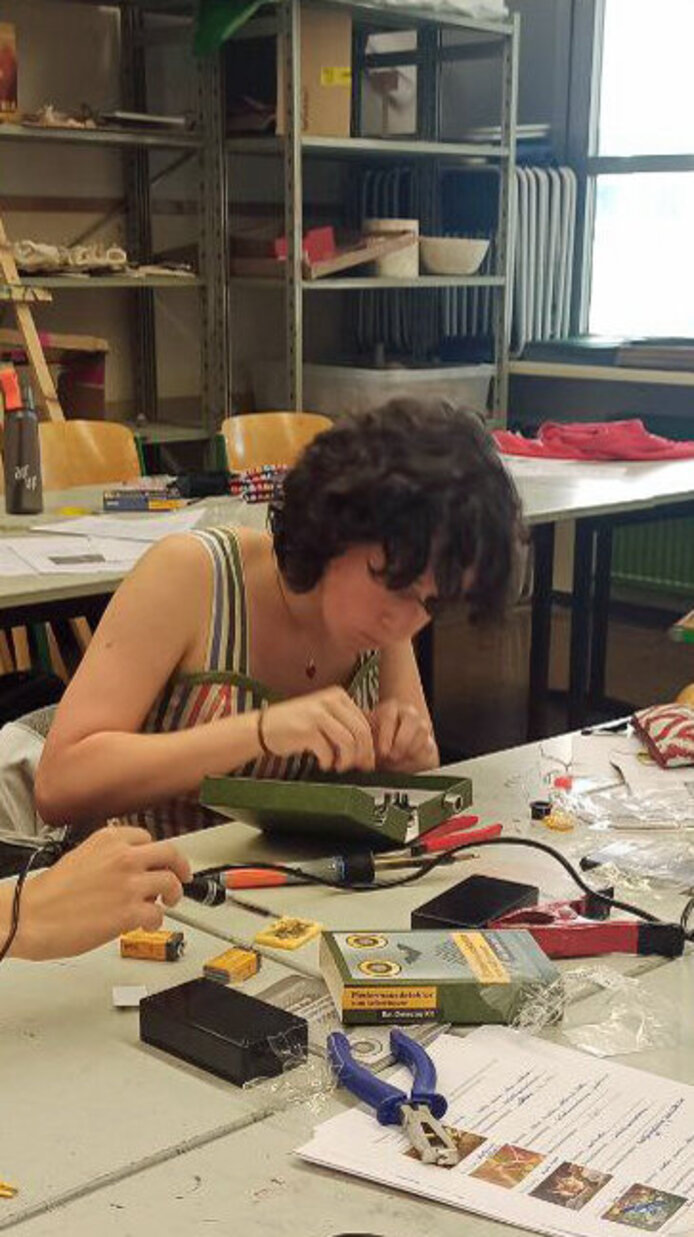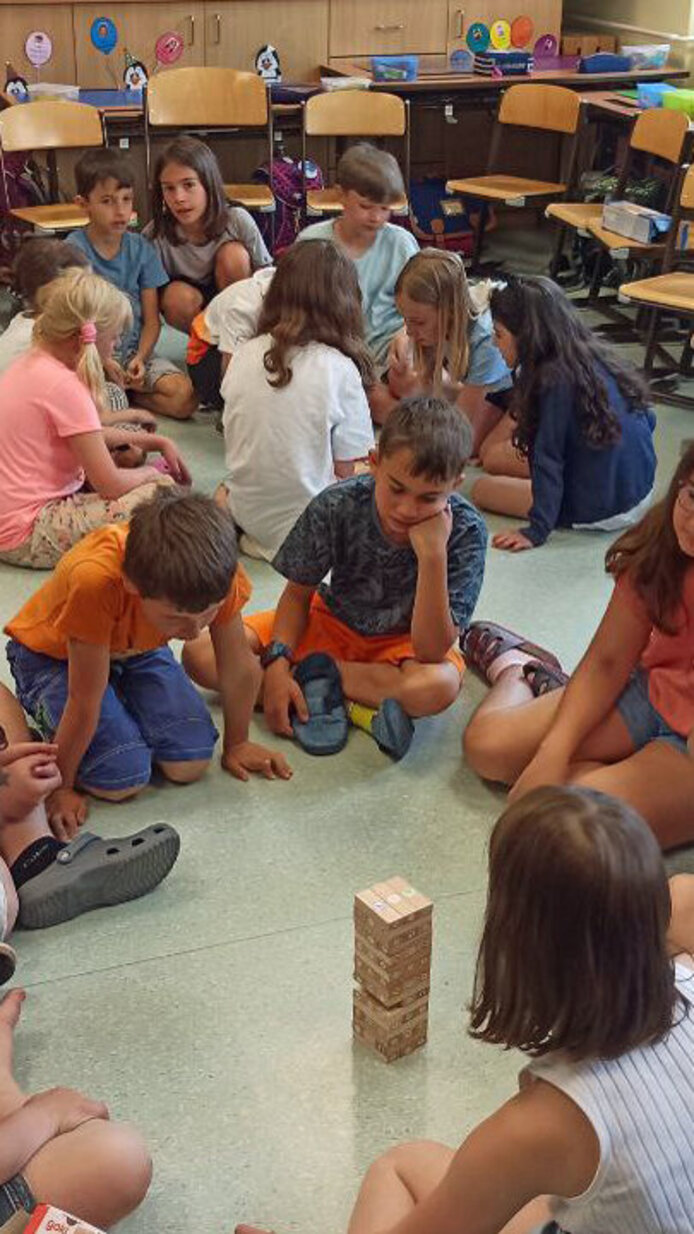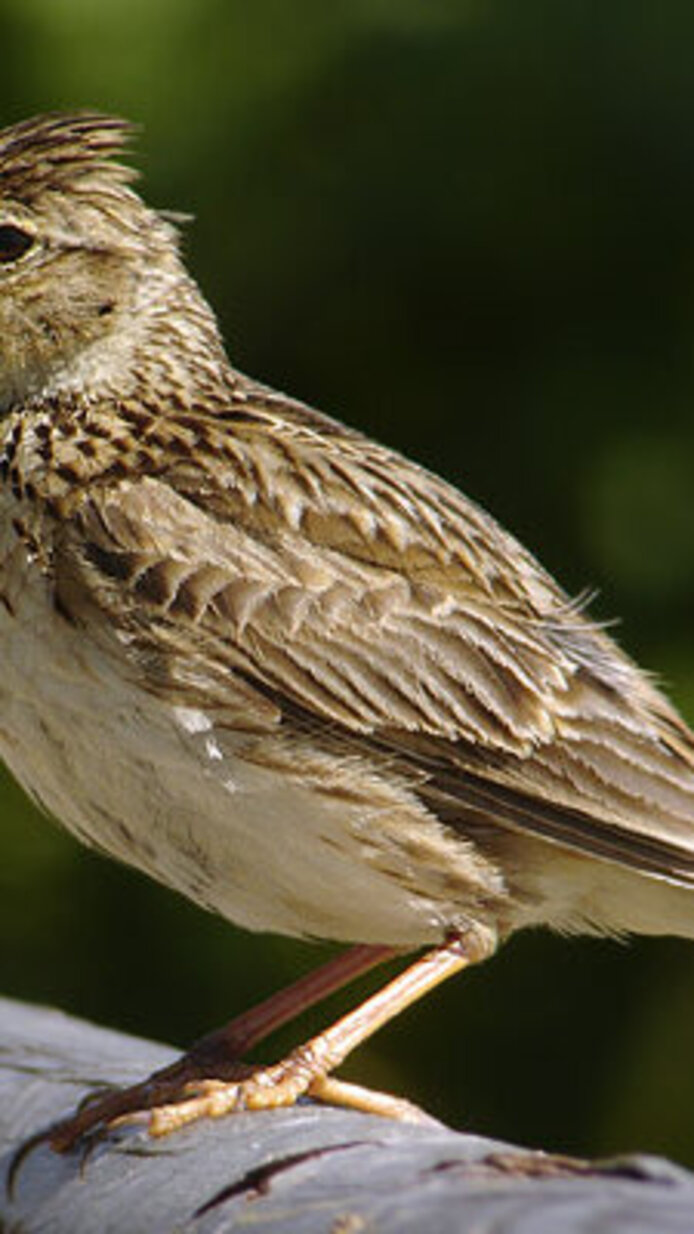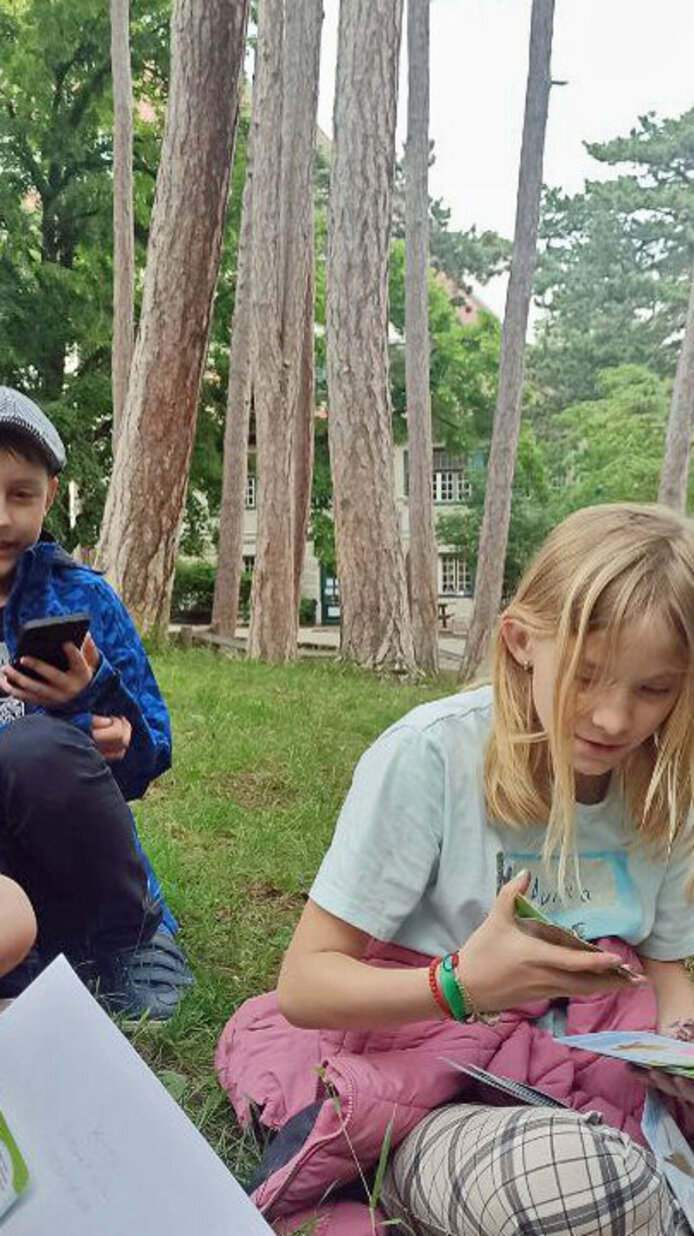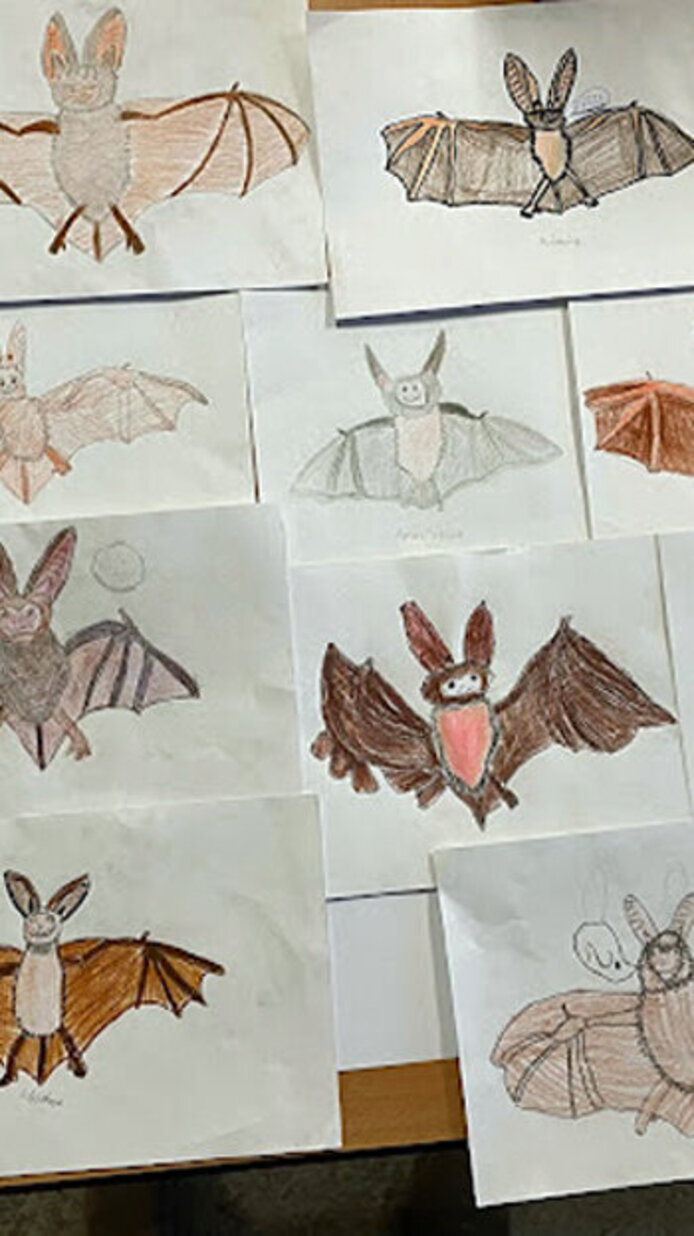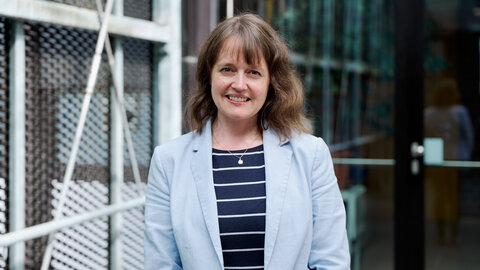Teaching kids about wildlife conservation
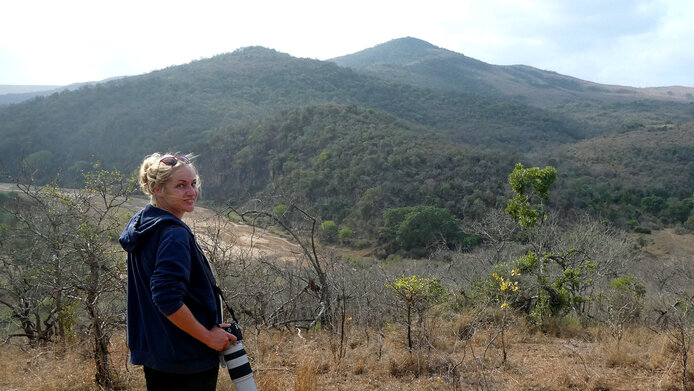
Did you know that there are 28 bat species in Austria alone? And that all of them are listed as endangered species – along with about 200 Austrian breeding bird species? Both of these groups of animal species play important roles in the intricately woven fabric of nature, for instance regarding pest control, seed dispersal, and soil formation, and thus also for us human beings.
Lost habitats
But life is becoming more difficult for both bats and breeding birds. The reasons are manifold: the rise in impervious surfaces and high-intensity land use rob the animals of their habitats and food, particularly when it comes to agricultural areas treated with pesticides. And as our landscapes feature ever fewer trees and shrubs, it is becoming harder and harder for the animals to find nesting places.
Climate change affects the survival rate of migratory birds
On top of all of this, the animals suffer from the effects of climate change. Studies show that global warming has led to a shift in the departure and arrival times of European migratory birds. They spend less and less time in their wintering grounds in the south. And the consequences are disastrous: when the birds return to their breeding grounds after a strenuous trip, they have to find sufficient amounts of food for themselves and their soon-to-hatch fledglings. But recently, the birds have started arriving at a time when there is little food to be found – a phenomenon known as “phenological discrepancy”. As spring starts earlier in Central Europe every year due to climate change, also plants blossom earlier, and insect populations peak earlier than they used to. By the time the migratory birds return from Africa, non-migrating avian species might have already depleted the food sources or occupied the available nesting places, significantly reducing the survival chances of migratory birds.
Mass extinction of insects
The rapid decline of insects, another result of climate change, further exacerbates the situation. The public first became aware of this problem in 2017, when the so-called Krefeld study revealed that flying insect populations had declined by 76 percent over just 27 years. And what was even more alarming about these findings was the fact that the data did not describe the situation in agricultural areas but were based on 63 German nature preserves.
Sixty percent of farmland birds lost
Particularly the numbers of farmland birds such as northern lapwings, barn swallows, and starlings are declining. “In the past 40 years, we have lost 60 percent of farmland birds, and all bat species in Europe have become endangered,” Bea Maas says.
Knowledge about birds and bats
The science communication project “SOUNDS WILD”, which is managed by the biologist and funded by the FWF, puts these animal species in the spotlight. The project’s goal is to convey knowledge about a selection of 67 species to children and teenagers through a variety of different approaches to raise their awareness of nature conservation. Because as humans, we are more protective of the things we know. “It’s important to create an emotional connection, so we rely on different approaches to make sure there’s something for everyone,” the University of Vienna’s biodiversity researcher shares. In the framework of this project, workshops on domestic avian and bat species are offered to students of all ages – from primary school to 12th-graders.
Students build bat detectors
The free-of-charge workshops are held by the young biologist and artist Rym Nouioua, who, the project lead proudly says, is not only a certified bat expert but also knows all about bat detectors. These special devices can record and play back the ultrasound noises the animals use for communication and orientation. Maas explains that regular devices would be too expensive, which is why her colleague has developed a simple and cheap construction she puts together with the children in the workshops using a circuit board, a microphone, and a speaker.
Creative competition
Games, stories, and age-appropriate nature quizzes as well as a creative competition over the summer months featuring cool prizes are also part of the project’s offer. For the competition, students can submit paintings, songs, plays, sculptures, or any other piece of art. The sole requirement: it must be about bats or birds.
Nature conservation and sustainability
The children and teenagers deepen their knowledge about environmental protection, sustainability, technology, and art. They also find out why our own fate is inextricably linked to those of the threatened species. “We want to show the younger generation how precious nature is,” Maas says about the project’s goal. So far, the response of both students and biology teachers has been so overwhelmingly positive that the two-woman project team is stretched thin. “In some provinces, we don’t even come close to meeting the demand,” the project lead says.
Inspiring classes
Maas’ career is a case in point for the importance of inspiring and motivating young people: for her, it was the captive biology lessons she took as a secondary school student in Vienna that made her decide to study biology. Interested in biology, physics, and art, she finally opted for the first: “Because I love nature and felt that facts always prevail in the natural sciences,” she explains the rationale of her decision. The researcher has had to revise her opinion about facts though: “In reality, strong opinions sometimes trump facts,” she admits to the sobering truth.
Dialogue and exchange
The communication project for students is based on Bea Maas’ many years of experience as an agrarian ecologist. The starting point was 17 years ago in Indonesia, where she helped local farmers develop concepts for the sustainable production of cocoa. Already then, her approach was to ask questions to incorporate the expertise of all stakeholders involved. This philosophy of focusing on dialogue and exchange is also at the heart of her two FWF-funded research projects on the production of cocoa in Peru (“ECO-CACAO”) and olives in Tuscany (“ECO-OLIVES”).
Crop failures in olive agroforestry
Poor yields have been troubling olive farmers in the Mediterranean region for some years now. Heat and droughts are the main culprits, followed by regional thunderstorms and agricultural pests. This development is further exacerbated by climate change and monoculture farming. Poor olive yields have led to skyrocketing olive oil prices in the past years. So it has even become an economic necessity to make agricultural production more sustainable.
Resilience through biodiversity
For Maas, a return to a high degree of biodiversity, which in turn makes agricultural production more resilient, is an important goal of sustainable farming. “The more complex a system, the more resilient it is, which means it is better equipped to deal with stress and adapt to changes,” Mass explains, pointing to climate change and landscape changes as the main stressors in agricultural production today. “All three main pillars are concerned by this: environment, society, and the economy. We will only be able to find a solution if stakeholders from all three areas collaborate in its development and implementation,” she explains her research approach.
Small structures instead of monocultures
The agrarian ecology expert is currently exploring targeted ways to promote biodiversity and the ways in which olive production would benefit from such an increase in the Tuscany-based project ECO-OLIVES funded by the FWF. “Together with local and international partners, we are developing evidence-based concepts that will steer olive farmers towards sustainable farming practices on their olive groves,” Bea Maas explains. “In small farming operations with intact connections between the various habitats, related ecosystem services such as natural forms of pest control are much better maintained than in large-scale monocultures.” As land use concepts must make practical sense as well, measures are developed on site in cooperation with the local farmers. Bea Maas emphasizes the importance of being on site: “Change starts with the little things.”
Analyzing biodiversity
The researcher and her team are investigating production mechanisms in twelve selected olive groves covering a total of 30 square kilometers. The twelve individual groves differ with regard to their surroundings and the extent to which they are bordering on semi-natural habitats such as fallow areas, hedges, water bodies, or forests. In their ongoing analyses of biodiversity, the researchers focus on birds, bats, spiders, and insects, which are particularly sensitive to changes in land use. The scientists observe how the presence of certain species over the course of the year influences the well-being and yield of the studied trees. “Seasonal effects are very important for our research design. We look at whether different kinds of animal groups can be found in spring or fall, and how that affects the outcome,” Mass explains. Here again, the changes in the departure and arrival times of migratory birds make a difference. To simulate the absence of bats and birds, some trees are covered with nets. “It takes forever to do this,” Maas shares, who can rely on a team of twelve on site.
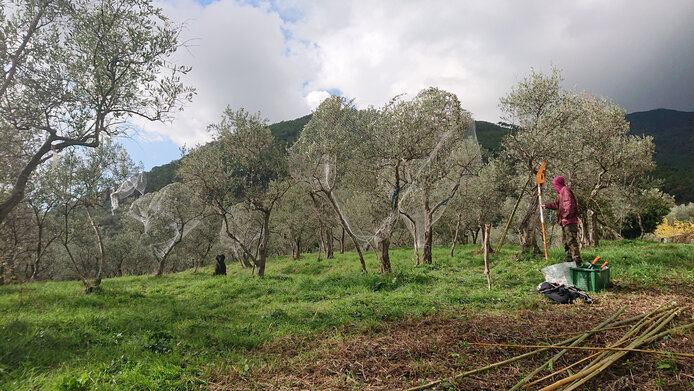
The importance of pruning for yield and resilience
Maas and her team are also experimenting with agricultural management as their analyses have already shown that even minimal changes in established practices can contribute to protecting biodiversity. Pruning is a case in point: frequently, this practice follows a handed-down tradition that lacks a systematic approach. The researchers’ goal is to optimize the timing and technique used for cutting the trees based on scientific evidence. “It’s not only about maximizing olive yields but also about strengthening resilience, for instance by facilitating access for birds and bats that eat pests,” the ecologist explains. The newly developed standards are then communicated to local and international farmer communities.
The benefits of trees, hedges, and fallow lands
Initial results already show that the proximity of semi-natural habitats positively impacts both yield and biodiversity. “The more diverse the close surroundings are, the better the conditions for sustainable olive production. Trees, hedges, and fallow areas that are close to olive groves have a positive effect on the diversity of species and their ecosystem services,” the ecologist explains. “It is not just the number of species that increases but also the number of individuals per species.” Which is excellent, as with regard to ecosystem services, species that are usually present in high numbers are particularly relevant.
An app for farmers
One of the project outputs will be an application helping farmers assess the ecological potential of their location. “The app analyzes satellite pictures to spot beneficial habitats such as hedges or other types of trees in the surroundings of the olive groves,” Maas says. Users will then receive suggestions on how to improve or at least prevent a deterioration of the status quo.
Institutionalization deepens conflicts of interest
Reflecting on her international experience, the ecologist has found that collaboration is sometimes more difficult in Central Europe compared to Indonesia or countries in South America. She suspects that might be due to the stronger level of institutionalization in industrialized countries. “In Central Europe, there is a subsidy for almost everything, which also means that there is a label for everything. This results in conflicts of interest when it comes to drawing lines,” the ecologist says and names the protection of forests as an example: “There are hunters, nature conservation biologists, rangers, agricultural managers, landscapers, political representatives, etc. Their agendas and perspectives can diverge substantially, standing in the way of collaboration,” she says.
Highlighting exchange and dialogue
Passionate about communication, she finds this lamentable. A constellation of competing stakeholders is diametrically opposed to her approach of seeking exchange and dialogue with the goal of finding a common solution. Her science communication project for school students seeks to create awareness of this need for communication early on.
About Bea Maas
The agricultural ecologist and nature conservation researcher Bea Maas is committed to fostering biodiversity and sustainable developments in land use. As a biologist at the University of Vienna, she coordinates international projects with the objective of establishing innovative management strategies in agriculture. Maas currently heads two projects funded by the FWF (“ECO-OLIVES” and “ECO-CACAO”) and the science communication project “SOUNDS WILD – (Re)discovering birds and bats,” which organizes workshops for students of all ages.

